The Triangulum Galaxy
M33
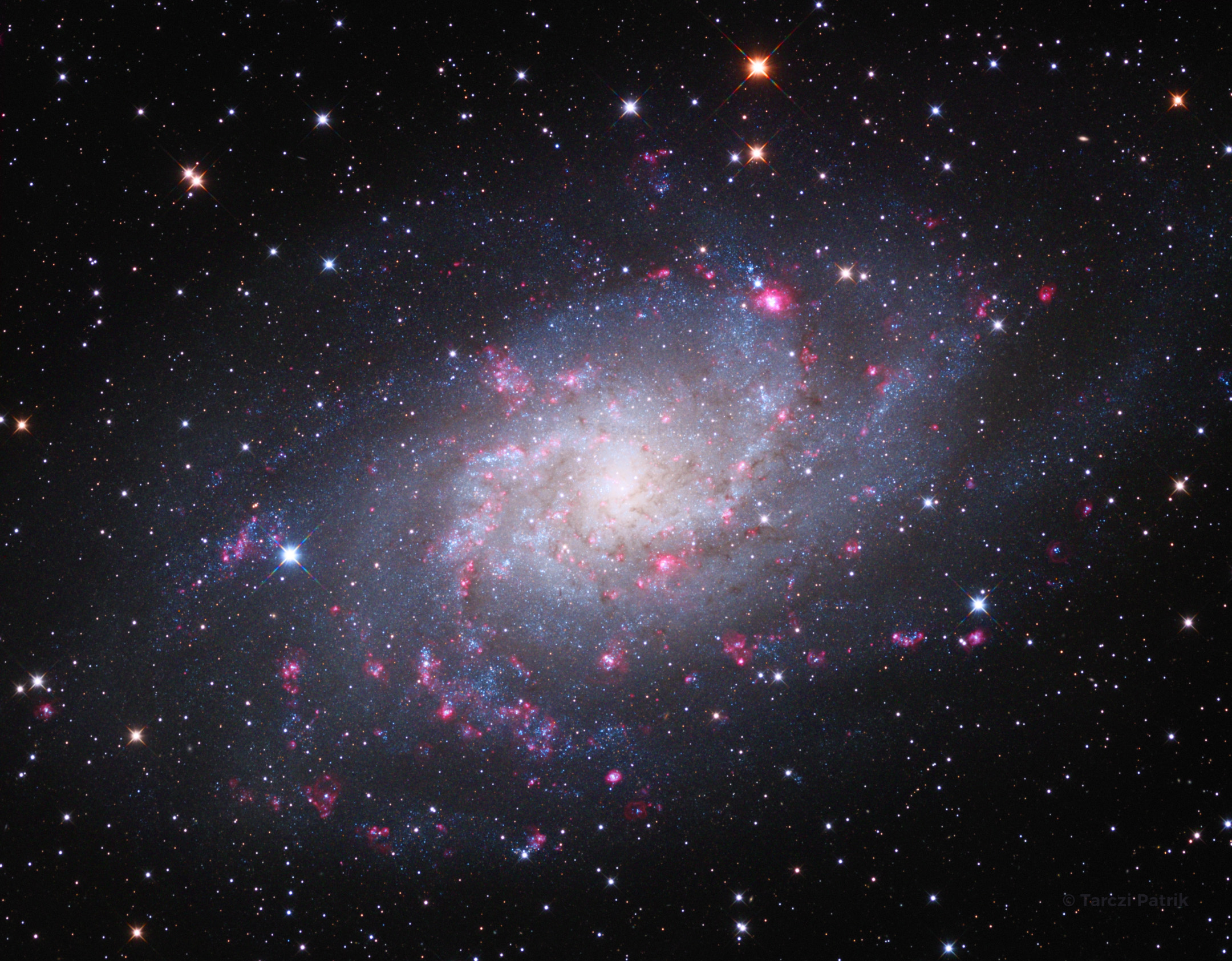
Technical data
| Instrument: | 173/700 Newton-astrograph (ZsIO), SkyWatcher comacorrector F/4 |
| Camera: | Atik One 6.0 |
| Filter: | Astronomik Deep-Sky RGB, Astronomik L1, Baader H-alpha |
| Mount: | SkyWatcher EQ6 Pro Synscan (modified) |
| Guiding: | Lacerta M-Gen autoguider, OAG |
Image data
| Exposure time: | 26 hours - L: 44x7 min, R:23x10 min, G: 15x10, B: 23x10 min, H-alpha: 37x15 min |
| Location, date: | Hungary, Izsákfa; Mount-Mátra, Ágasvár 2015-2016 |
| Transparency: | 6/10 |
| Temperature: | 14 °C |
| FWHM: | 2.50" |
| Processing: | CCDStack, Registar, Pixinsight LE, Photoshop |
Description
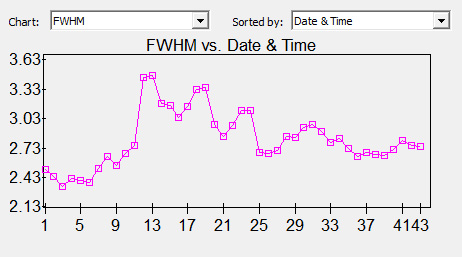
The small, northern constellation Triangulum harbors this magnificent face-on spiral galaxy, M33. Its popular names include the Pinwheel Galaxy or just the Triangulum Galaxy. M33 is over 50,000 light-years in diameter, third largest in the Local Group of galaxies after the Andromeda Galaxy (M31), and our own Milky Way. About 3 million light-years from the Milky Way, M33 is itself thought to be a satellite of the Andromeda Galaxy and astronomers in these two galaxies would likely have spectacular views of each other's grand spiral star systems.
In fact, the cavernous NGC 604 is the brightest star forming region, seen here at about the 1 o'clock position from the galaxy center. Like M31, M33's population of well-measured variable stars have helped make this nearby spiral a cosmic yardstick for establishing the distance scale of the Universe. Text source: apod.nasa.gov
Technical data
| Instrument: | 173/700 Newton-astrograph (ZsIO), SkyWatcher comacorrector F/4 |
| Camera: | Atik One 6.0 |
| Filter: | Astronomik Deep-Sky RGB, Astronomik L1, Baader H-alpha |
| Mount: | SkyWatcher EQ6 Pro Synscan (modified) |
| Guiding: | Lacerta M-Gen autoguider, OAG |
Image data
| Exposure time: | 26 hours - L: 44x7 min, R:23x10 min, G: 15x10, B: 23x10 min, H-alpha: 37x15 min |
| Location, date: | Hungary, Izsákfa; Mount-Mátra, Ágasvár 2015-2016 |
| Transparency: | 6/10 |
| Temperature: | 14 °C |
| FWHM: | 2.50" |
| Processing: | CCDStack, Registar, Pixinsight LE, Photoshop |
Recommended photos
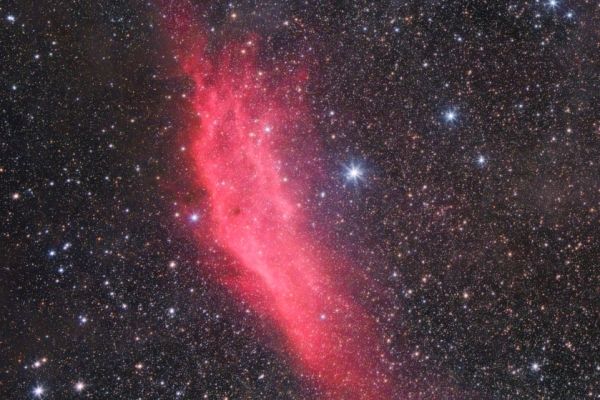
The complex of California Nebula
A wide-field photograph of the California Nebula and its surroundings. The connection of the cosmic dust and the bright nebula can be seen.
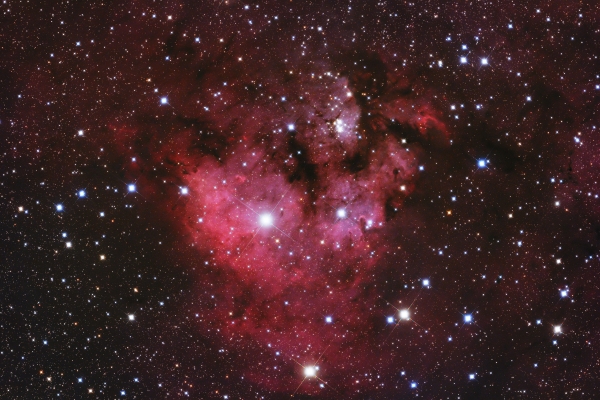
The Devil's Head Nebula
Towering pillars of cold gas and dark dust adorn the center star forming region of Sharpless 171.
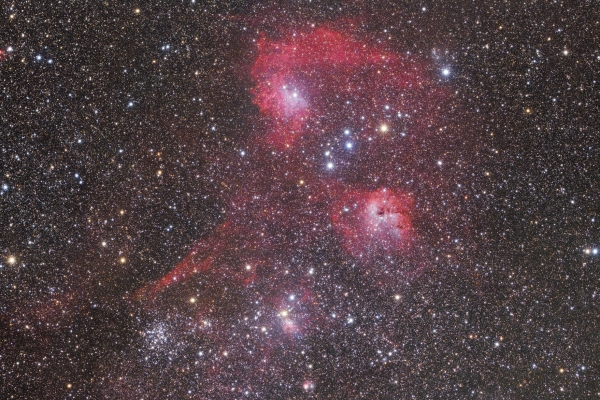
In the heart of constallation Auriga
Rich in star clusters and nebulae, the ancient constellation of the Charioteer (Auriga) rides high in northern winter night skies.


